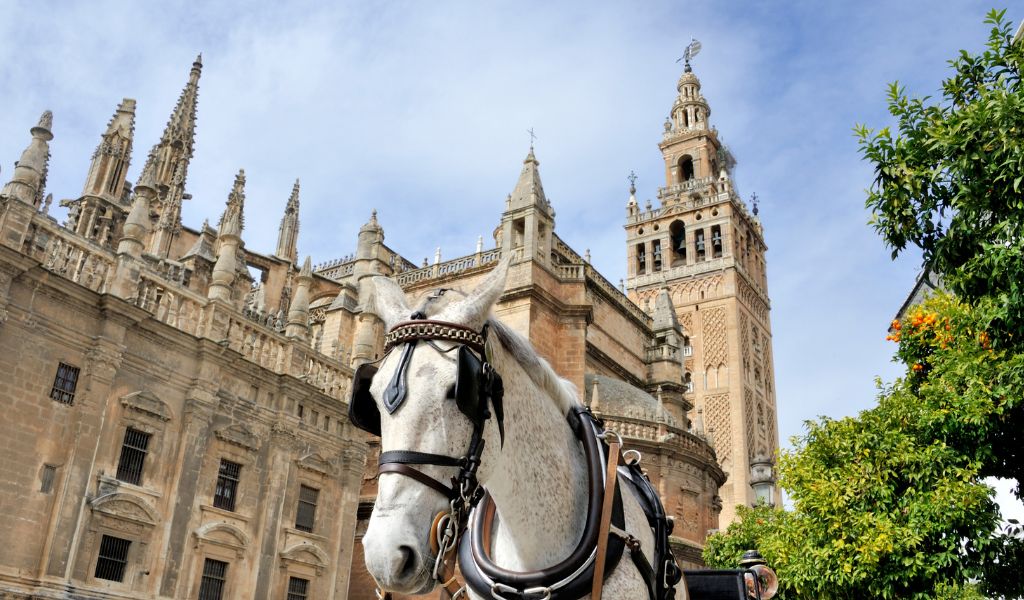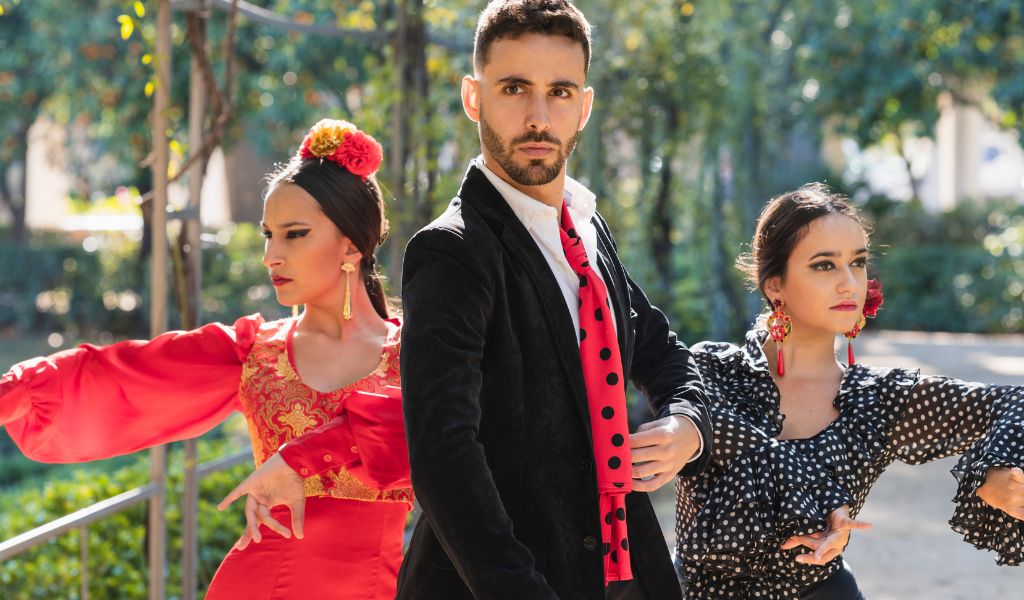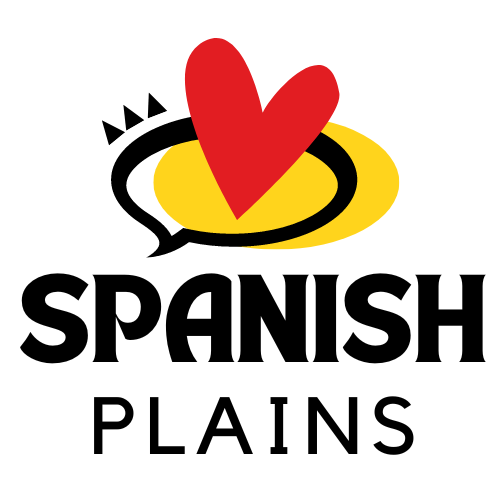Seville, the capital of Andalusia, is a city steeped in history and culture, with a rich artistic heritage that has left an indelible mark on the world.
From the impressive gothic cathedral to the fascinating museums and monuments, Seville is a treasure trove for art lovers.
In this guide, we will take you on a tour of the best museums and monuments in Seville, exploring the city’s art, history, and culture.
The Cathedral of Seville: A Masterpiece of Gothic Architecture
The Cathedral of Seville, also known as the Catedral de Santa María de la Sede, is one of the most impressive gothic cathedrals in the world.
Built in the 15th century on the site of a former mosque, the cathedral is a masterpiece of Gothic architecture, with intricate details and stunning stained glass windows.

The Alcázar of Seville: A Marvelous Palace with a Mixture of Styles
The Alcázar of Seville, also known as the Royal Alcázar of Seville, is a magnificent palace that showcases a mix of styles, from Moorish to Renaissance.
Built in the 14th century, the palace is a testament to the city’s diverse cultural influences, with beautiful gardens and intricate decorations.
The Archivo General de Indias: A Historical Archive with a Rich Collection
The Archivo General de Indias, located in the center of Seville, is a historical archive that holds a rich collection of documents related to the Spanish colonies in the Americas and the Philippines.
The archive is a fascinating glimpse into Spain’s colonial past, with documents dating back to the 16th century.
The Museum of Fine Arts of Seville: An Artistic Jewel of the City
The Museum of Fine Arts of Seville, also known as the Museo de Bellas Artes de Sevilla, is one of the most important art museums in Spain, with an impressive collection of Spanish art from the medieval period to the 20th century.
The museum features works by famous artists such as Murillo, Zurbarán, and Velázquez.
The Flamenco Museum of Seville: An Insight into the Passionate Dance of Andalusia
The Flamenco Museum of Seville, also known as the Museo del Baile Flamenco, is a museum dedicated to the passionate dance of Andalusia.
The museum showcases the history and evolution of flamenco, with exhibits and performances that bring the art form to life.
Visitors can also take classes and workshops to learn about the dance and its cultural significance.

The Contemporary Art Center of Seville: A Modern Venue for Art Exhibitions
The Contemporary Art Center of Seville, also known as the Centro Andaluz de Arte Contemporáneo, is a modern venue for art exhibitions and cultural events.
The center hosts a variety of exhibitions throughout the year, showcasing contemporary art from Spain and around the world.
The Metropol Parasol: An Unusual and Striking Wooden Structure
The Metropol Parasol, also known as the Setas de Sevilla, is an unusual and striking wooden structure that stands in the heart of Seville.
Designed by German architect Jürgen Mayer, the structure houses a market, a restaurant, and a panoramic walkway that offers stunning views of the city.
The Plaza de España: A Majestic Square Full of History and Art
The Plaza de España is a majestic square that was built for the Ibero-American Exposition of 1929.
The square features a large central fountain, a moat, and a series of tiled alcoves representing each of Spain’s provinces.
The square is a popular spot for tourists, with its stunning architecture and beautiful gardens.
The Triana Bridge: An Iconic Symbol of Seville’s Heritage
The Triana Bridge, also known as the Puente de Isabel II, is an iconic symbol of Seville’s heritage.
Built in the 19th century, the bridge connects the city to the Triana neighborhood, known for its flamenco, ceramics, and traditional Andalusian culture.
The Bullring of Seville: A Fascinating Venue of the Bullfighting Tradition
The Bullring of Seville, also known as the Plaza de Toros de la Real Maestranza de Caballería de Sevilla, is a fascinating venue of the bullfighting tradition.
Built in the 18th century, the bullring is considered one of the most beautiful and historic in Spain, with its elegant architecture and rich cultural significance.
The Giralda Tower: A Marvelous Example of Moorish Architecture
The Giralda Tower, located next to the Cathedral of Seville, is a marvelous example of Moorish architecture.
Built in the 12th century as a minaret for a mosque, the tower was converted into a bell tower after the Christian conquest of Seville in the 13th century. The tower offers stunning views of the city from its top.
The Barrio Santa Cruz: A Quaint Neighborhood with an Authentic Andalusian Charm
The Barrio Santa Cruz is a quaint neighborhood in the heart of Seville, with narrow cobblestone streets, charming plazas, and whitewashed houses adorned with colorful flowers.
The neighborhood is a popular spot for tourists, with its authentic Andalusian charm and lively atmosphere.
The Casa de Pilatos: A Beautiful Palace with a Fusion of Styles
The Casa de Pilatos, located in the Barrio Santa Cruz, is a beautiful palace that showcases a fusion of styles, from Gothic to Renaissance to Mudejar.
Built in the 16th century, the palace is a testament to the city’s cultural diversity, with its beautiful courtyards, gardens, and decorative elements.
FAQs
What is the best time of year to visit Seville?
The best time to visit Seville is during the spring (March to May) or the fall (September to November), when the weather is mild and pleasant.
The summer months (June to August) can be extremely hot and crowded, while the winter months (December to February) can be chilly and rainy.
Is Seville a safe city for tourists?
Seville is generally a safe city for tourists, with low levels of violent crime.
However, visitors should be aware of pickpocketing and other petty crimes, particularly in crowded tourist areas.
It is important to be vigilant and to take basic safety precautions, such as keeping valuables out of sight and avoiding unlit areas at night.
What is the dress code for visiting the Cathedral and other religious sites in Seville?
Visitors to the Cathedral and other religious sites in Seville are expected to dress modestly, with no bare shoulders or shorts above the knee. Shoes must be worn at all times.
Are there any free museums or monuments in Seville?
Yes, there are several museums and monuments in Seville that offer free admission, including the Metropol Parasol, the Antiquarium, and the Centro de Interpretación Judería de Sevilla.
What is the best way to get around Seville?
Seville is a relatively small city, and many of its major sights are within walking distance of each other.
However, there is also a good public transportation system, including buses and trams, and taxis are readily available.
Bikes and electric scooters can also be rented for short-term use.
Conclusion and final thoughts
Seville is a city that is rich in history, art, and culture, with a fascinating heritage that is reflected in its museums and monuments.
From the impressive Cathedral and Alcázar to the lively Barrio Santa Cruz and the fascinating Archivo General de Indias, Seville offers a wealth of experiences for art lovers and culture enthusiasts.

